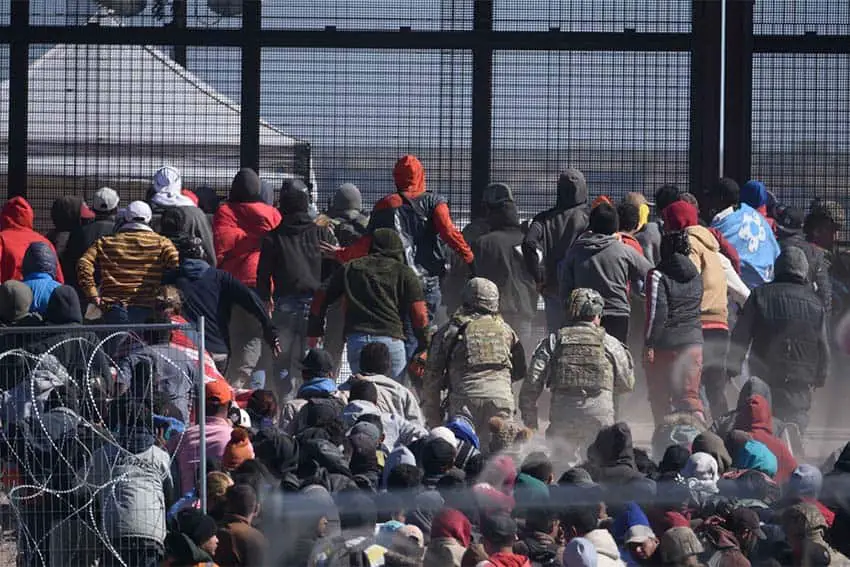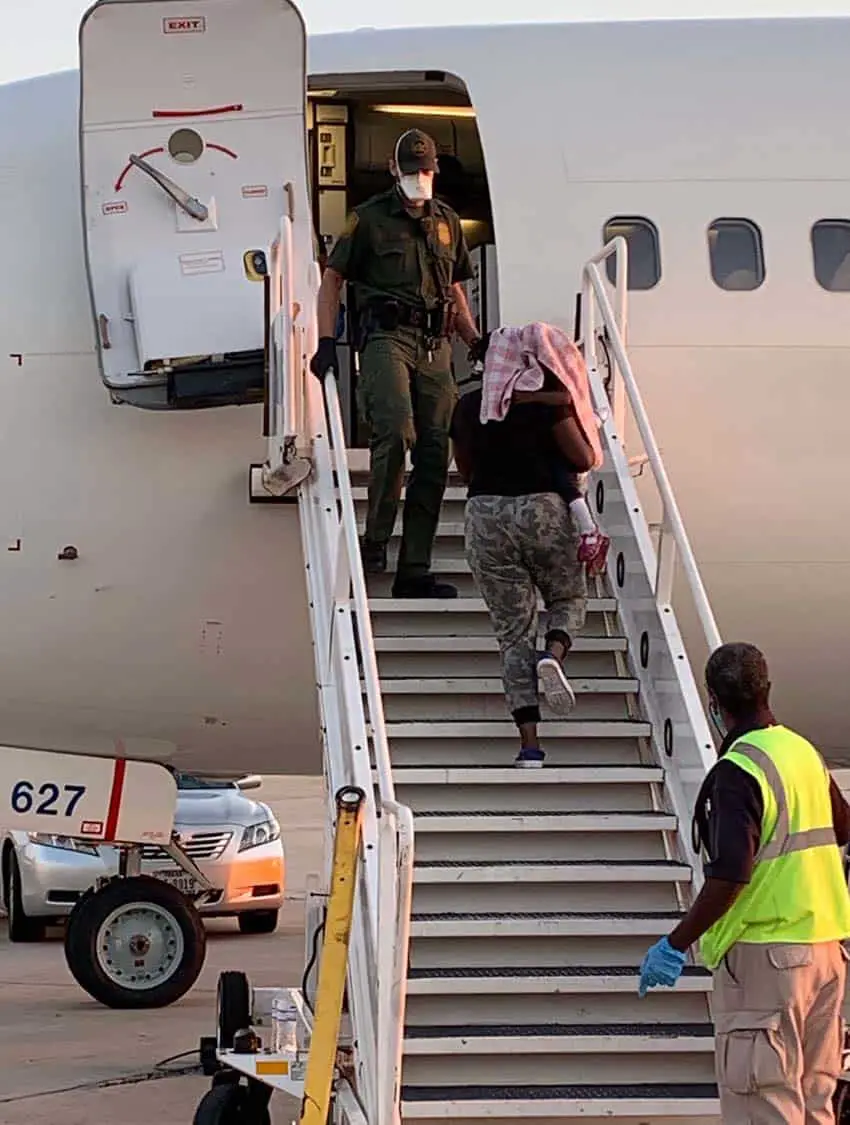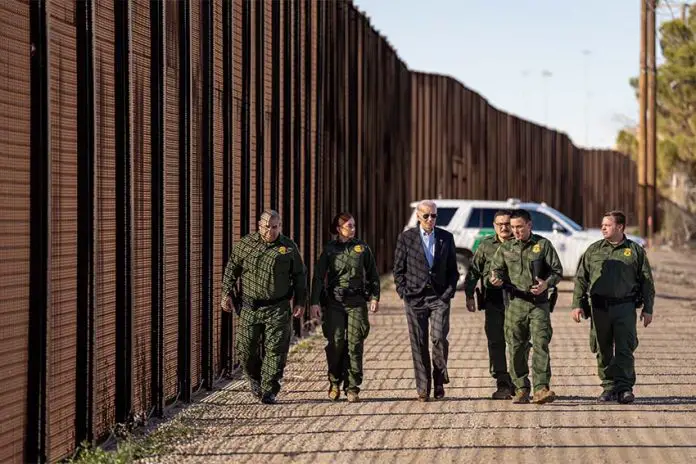United States government data indicates a significant decline in the number of migrants attempting to illegally enter the U.S. via Mexico since U.S. President Joe Biden implemented a new border policy in early June.
Customs and Border Protection (CBP) said Monday that the number of “encounters” between migrants and authorities at the U.S.-Mexico border decreased by more than 50% in the past six weeks.

“The Border Patrol’s seven-day average has decreased to below 1,900 encounters per day,” the agency said in a statement.
Biden issued an executive order on June 4 that prevents migrants from making asylum claims at the U.S.-Mexico border at times when crossings between legal ports of entry surge.
The order — described by The New York Times as “the most restrictive border policy instituted by Mr. Biden, or any other modern Democrat” — took effect the following day as the seven-day average of illegal crossings by migrants, as measured in terms of “encounters” with authorities, was above 2,500 per day.
The new border policy allows authorities to send migrants back to Mexico or to their countries of origin within hours or days without the chance to apply for asylum, even if a migrant believes they have a worthy claim. In order for U.S. authorities to reopen the border to asylum seekers, the number of migrant crossings between ports of entry must remain below a daily average of 1,500 for seven consecutive days prior.
CBP said Monday that encounters with migrants between official ports of entry to the U.S. declined 29% in June compared to May. The monthly total of encounters — 83,536 — was the lowest since January 2021, it added.
“Recent border security measures have made a meaningful impact on our ability to impose consequences for those crossing unlawfully, leading to a decline of 29% in U.S. Border Patrol apprehensions from May to June, with a more than 50% drop in the seven-day average from the [Biden] announcement to the end of the month,” said Troy A. Miller, a CBP senior official currently serving as the agency’s acting commissioner.

Since Biden’s new border policy and an associated immigration rule took effect on June 5, the Department of Homeland Security “has removed or returned more than 70,000 individuals to more than 170 countries, including by operating more than 150 international repatriation flights,” CBP said.
“Total removals and returns over the past year exceed removals and returns in any fiscal year since 2010 and a majority of all southwest border encounters during the past three fiscal years resulted in a removal, return, or expulsion,” the agency added.
The Hill newspaper reported that the new CBP data “could be a boon for Biden, as border crossings have taken center stage in the 2024 presidential election.”
United States Ambassador to Mexico Ken Salazar highlighted the data in a statement.
He emphasized that the more than 50% reduction in encounters with migrants at the U.S.-Mexico border occurred “in just six weeks” and declared that the reduction in apprehensions to below 1,900 per day was a “significant milestone.”
“… We will continue working to advance the legal [migration] pathways and an orderly, safe and humane migration system,” Salazar said.

Mexico has come under pressure from the United States to do more to stop the flow of migrants to its northern border and has recently ramped up enforcement against undocumented migrants.
The National Immigration Institute said last month that almost 1.4 million undocumented foreigners were “rescued” and taken to detention centers or facilities operated by the DIF family services agency in the first five months of the year. In addition to sending migrants to detention centers, Mexican immigration authorities “round them up across the country and dump them in the southern Mexican cities of Villahermosa and Tapachula,” the Associated Press reported in June.
Following a meeting with U.S. officials in December, Mexican authorities also increased efforts to stop migrants boarding northbound buses and trains.
President Andrés Manuel López Obrador has long stressed the need to address the root causes of migration in various Western Hemisphere countries. His government has expanded its employment programs to some Central American countries while calling on the U.S. to increase development funding for the region.
The United States Congress should approve a US $20 billion “plan of cooperation for development and well-being,” López Obrador said earlier this year, adding that the aim of such an initiative would be to address the structural causes of migration — things such as poverty, violence and lack of opportunity.
Mexico News Daily
